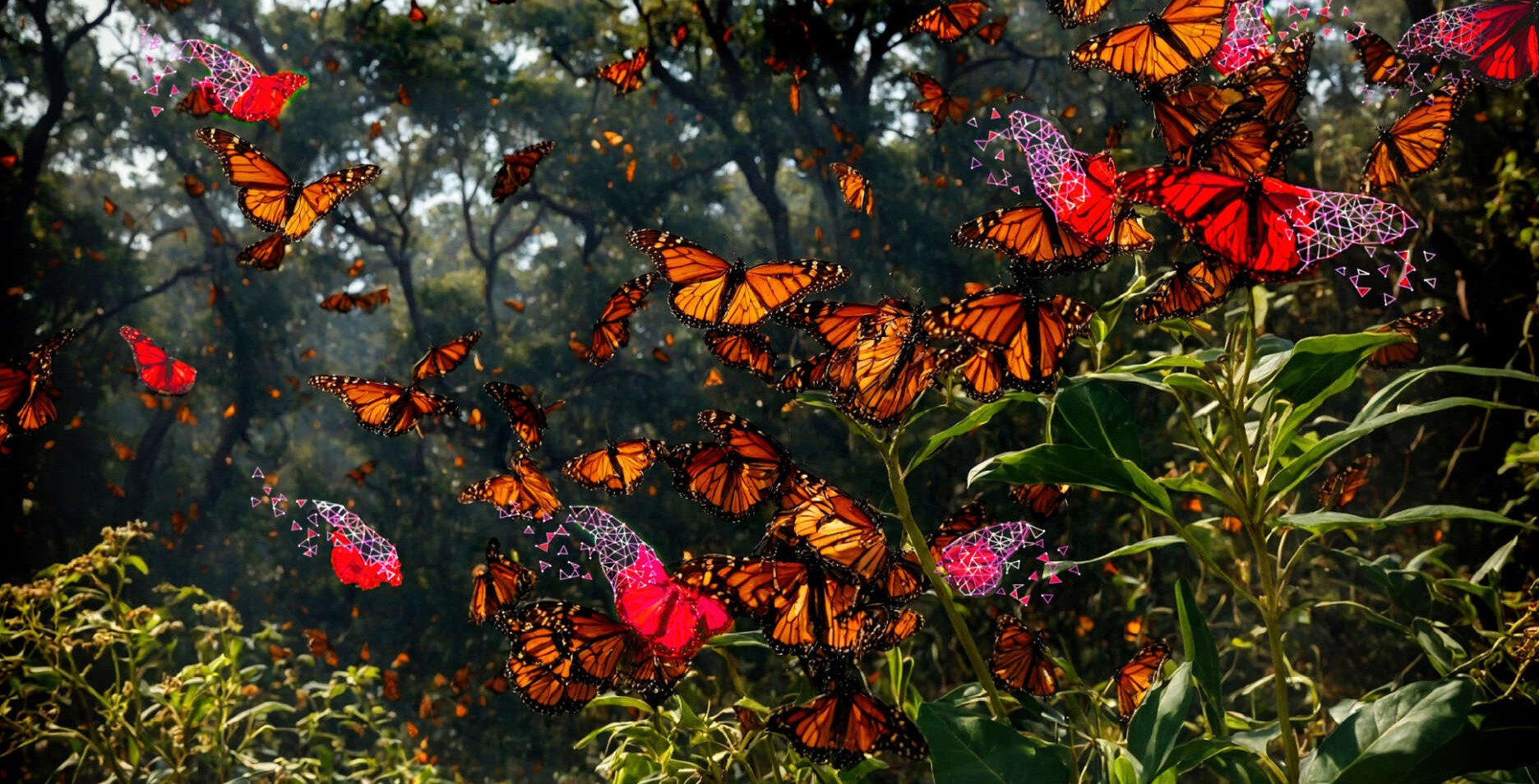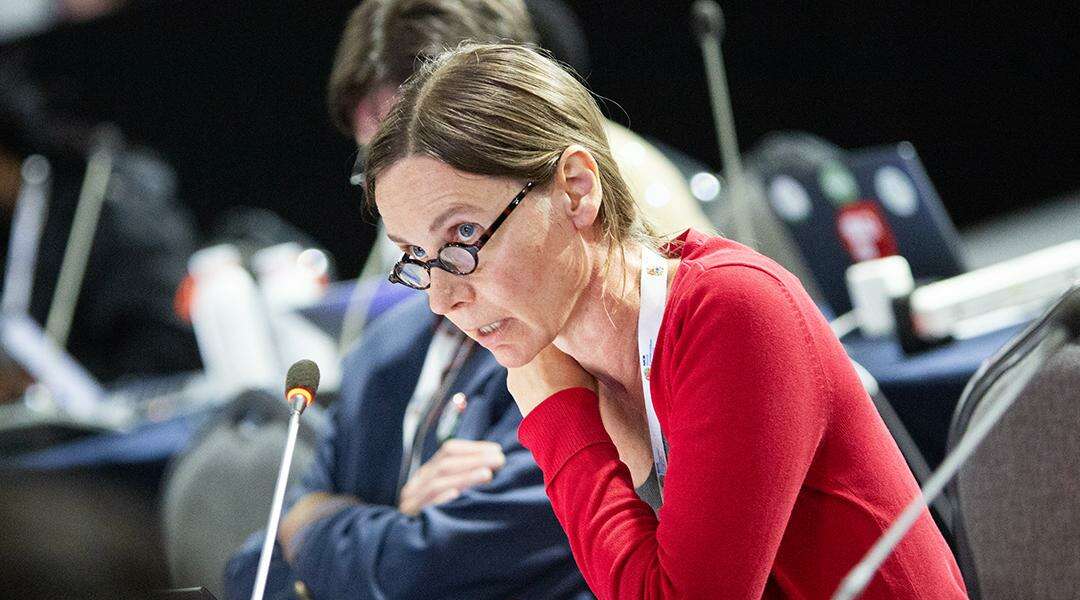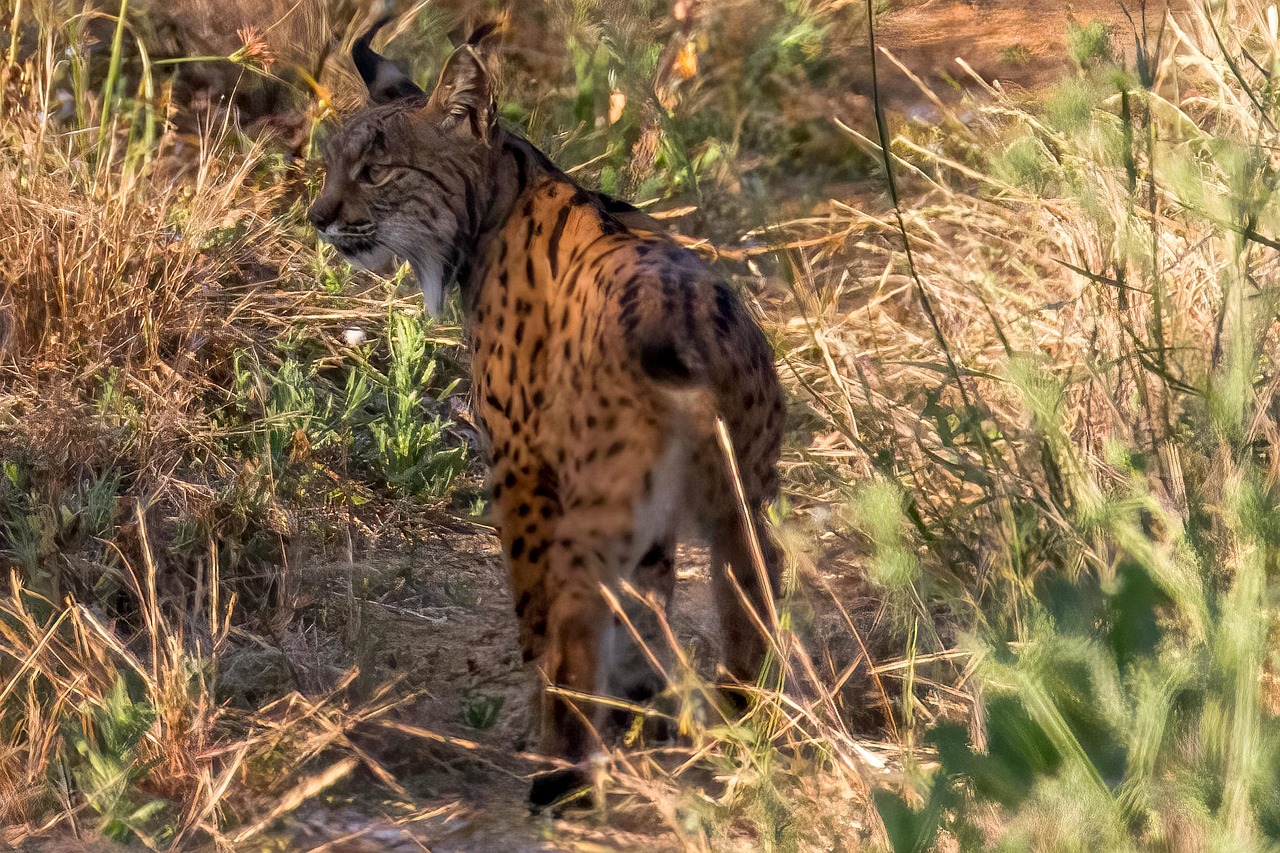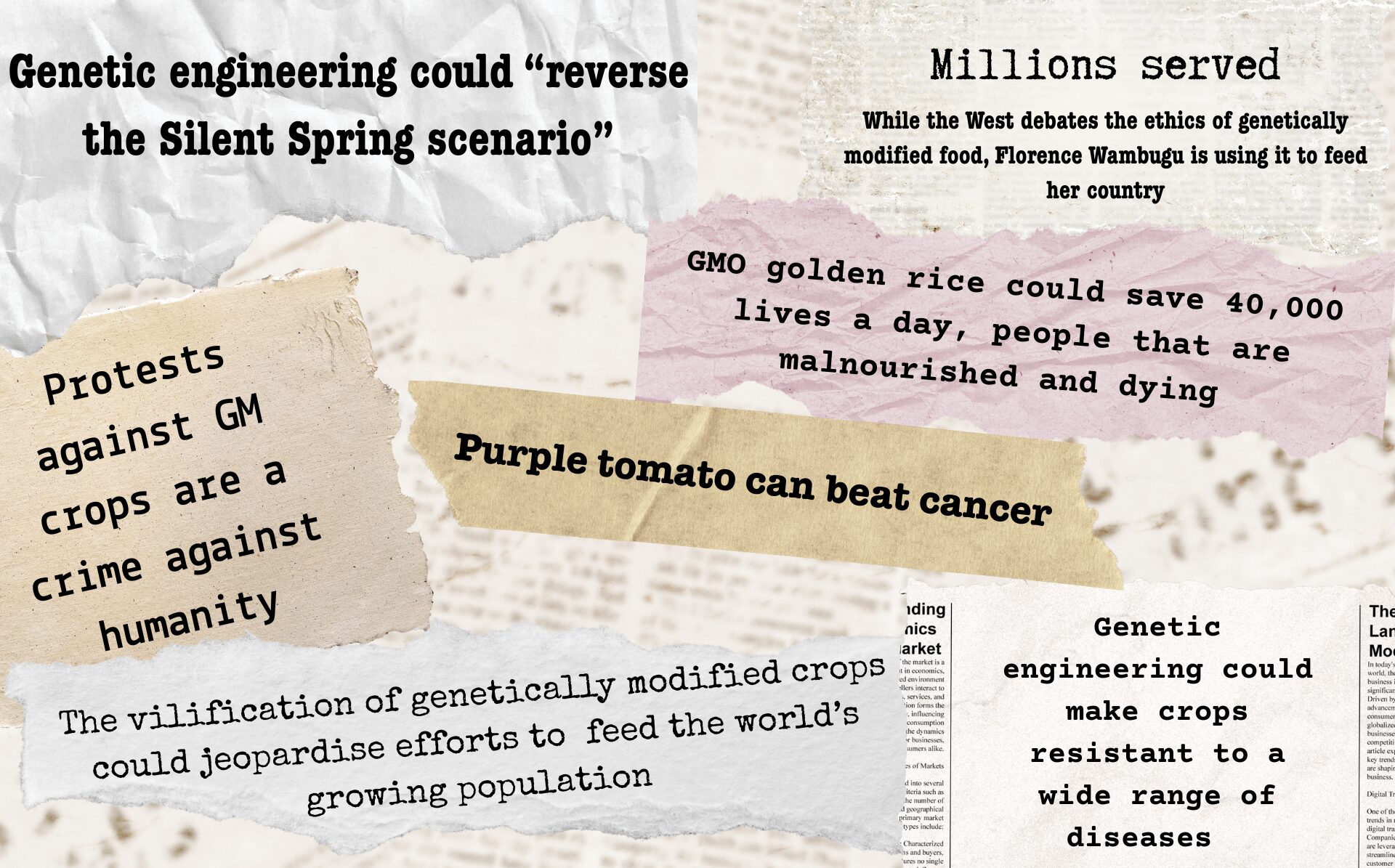At the IUCN World Congress starting tomorrow, 9 October, delegates will be asked to vote on a motion calling for a moratorium on genetically engineered wild species. The decision will test whether IUCN upholds the Precautionary Principle and demonstrates leadership in protecting and restoring nature – or whether it opens the door to experimental technologies that risk undermining conservation efforts and eroding public trust.
What projects have been proposed so far?
Several projects to genetically engineer wild species have been launched or are in development, promoted as contributions to nature conservation. Two have been completed, while the rest are in planning.
In the US, developers engineered the critically endangered American chestnut in an attempt to make it withstand blight. Meanwhile, Colossal Biosciences modified grey wolves to resemble the long-extinct “dire wolf,” popularised by Game of Thrones. Both projects have faced strong criticism for failing to advance nature conservation and for posing risks to existing wild populations.
Other projects are still in early stages. These include attempts to modify endangered frogs and ferrets to resist pathogens, or to use gene drives to eliminate invasive rodents on islands. Colossal is also planning additional animal engineering ventures. Yet all of these projects remain speculative, and somewhat anecdotal rather than adding serious conservation tools. Meanwhile, media hype and exaggerated promises – a hallmark of genetic engineering – risk distracting from, or even undermining, proven conservation strategies.
Technologies remain experimental
Opponents of the moratorium have argued that blocking genetic engineering of wildlife would deny conservationists urgently needed tools to meet biodiversity targets. However, such projects take decades – plans to engineer the American chestnut began in the early 1990s – and their outcomes remain still uncertain.
“While techniques involving the release of fertile individuals into the wild are being promoted as solutions to urgent conservation challenges, no empirical evidence has been presented to support these claims.” commented Guy Reeves, Scientific Advisor at Save Our Seeds. “Relying on such hypothetical approaches, while overlooking the proven successes of well-resourced, established conservation methods, risks undermining both conservation goals and the public support essential to achieving them.”
Technology developed for more profitable sectors
Among the opponents of a moratorium is Colossal Biosciences, the self-styled “de-extinction company”. However, an IUCN specialist group has dismissed Colossal’s engineered wolves as irrelevant to conservation: “Creating three grey wolf pups with edited genomes in an attempt to resemble the extinct dire wolf may demonstrate technical capabilities, but it does not contribute to conservation.” It warned that “phenotypic proxies of the dire wolf” may effectively “threaten the conservation status of extant species, like the grey wolf”.
Despite this criticism, Colossal continues to boast that it has “resurrected a species lost to time, demonstrating the power of synthetic biology to reverse extinction and reshape the future of conservation.”
“Companies like Colossal want headlines, not conservation,” explains Franziska Achterberg, Head of Policy at Save Our Seeds. “Controversy fuels their business model, as media attention attracts funding. Ultimately, what they want is to develop technologies to sell to more profitable sectors, such as agriculture or health.”
A paradigm shift – and a risk to public trust
So far, the IUCN has maintained a critical stance toward genetic engineering. However, amid a backdrop of exaggerated claims and promises, it remains uncertain whether the organisation will stay the course.
IUCN’s draft policy If adopted, could signal a profound paradigm shift: moving from protecting nature to actively re-design it.
Scientists at Germany’s Federal Agency for Nature Conservation (BfN) have warned: “If permanent, far-reaching and inheritable genetic modifications of wild organisms become a reality and are accepted as legitimate instruments of nature conservation, the idea of protecting nature turns into the idea of re-designing nature.”
Will IUCN hold the line?
Back in 2019, IUCN’s leadership appeared ready to embrace synthetic biology. Former Director General Inger Andersen argued: “Humans are increasingly genetically reprogramming nature – whether we like it or not. The global conservation community must contribute to the responsible development of synthetic biology applications.”
But at the subsequent Congress, IUCN members voted to delay a decision, calling instead for a broad, inclusive process to shape an IUCN policy on genetic engineering.
Critics say the debate is being driven by technology developers, not conservationists.
“It’s the tail wagging the dog,” says Franziska Achterberg. “Conservationists have a proven track record with carefully developed methods, while genetic engineering companies have little to show for their promises. Innovation in conservation is important, but it must proceed with caution and ensure that proposed methods can actually achieve their goals.”
Growing support for a moratorium
Momentum for a moratorium is building. Scientists – including contributors to the Intergovernmental Science-Policy Platform on Biodiversity and Ecosystem Services (IPBES) – have warned that releasing genetically engineered organisms into ecosystems could cause irreversible ecological disruptions.
In an open letter they wrote: “In line with the UN Precautionary Principle, no release should occur unless and until it can be demonstrated that there are no direct or indirect risks to pollinators, biodiversity or ecosystems.”
The call is also backed by the International Federation of Beekeepers’ Associations and more than 90 NGOs worldwide.
More information on www.engineeringnature.org.
See our joint press release from Save Our Seeds, Pollinis (France) and Sungi Development Foundation (Pakistan).





